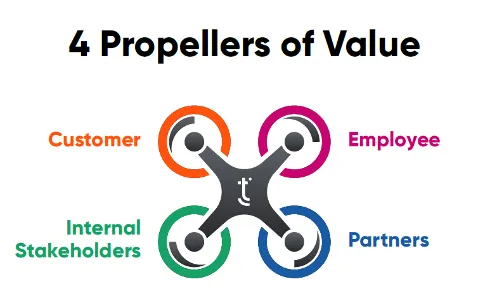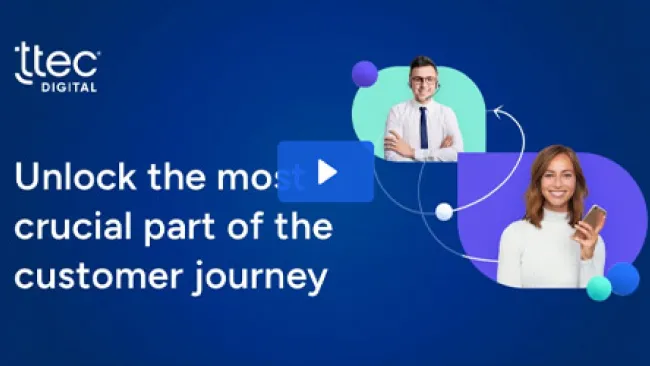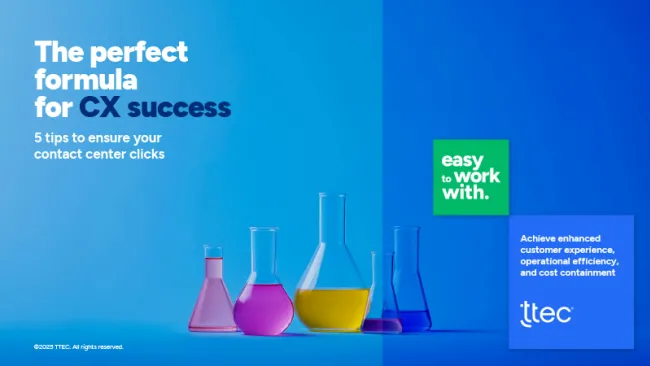This is part of a series on defining value in a post-Covid world. Check out the original post by my colleague, Paul Ignasinski.
A few months ago, after my son wrecked our family car, I set out to find a new one. Luckily, a good friend offered up a discounted used Chevy Impala as a temporary fix. It’s no glamour car. No bells and whistles. Just a working dependable means of transportation. I bought it immediately as it checked all my boxes: cheap, cheap, and reliable.
It just so happens that my daughter, Kate, was looking for a new car at the same time. Her decision criteria were very different. She’s had a few clunkers in the past, and this time around, after saving money, she was finally ready to buy something nice. She wanted a “statement” car.
Something to reflect her personality and professional success. And she needed a decent price since she was a young professional new in her career. She ended up settling on a used BMW with leather seats, a sun roof, a great stereo, and a clean service record. Her definition of value was quite different. She was buying an experience and a bit of a status symbol, not just a car.
That story immediately came to mind when I began writing this blog because we’ve been talking a lot about value at TTEC. We formed a small team this year called value engineering to bring more value and innovative approaches to the solutions we develop to address our customers’ challenges. So value – and creating it – is top of mind for us.
My colleague, Paul Ignasinski, first wrote on this topic a few weeks back. He talked about how it’s time to “radically rethink and redefine value in the CX and contact center worlds” (which is where we live every day). He explained that we see value as a balancing act across four key stakeholder groups that are key to unlocking it: customers, employees, internal stakeholders, and partners.

In this blog, I’m going to take a look at the customer lens because this is an ideal time for companies to reevaluate the value they provide their customers. Consumer behaviors are settling into a new normal as people get used to living with the reality of Covid and as countries begin to open their economies. At the same time, what consumers value has shifted and companies are scrambling to understand those changes.
Unfortunately, it’s not easy.
Measuring Value for Customers
In a recent whitepaper by Forrester, “How to Measure Value for Customer”, the authors explain that defining value is difficult because key drivers of value aren’t obvious. “Organizations don’t typically know how customers derive value and which value drivers matter most,” write the authors. “Instead, they measure value using flawed proxies. To make matters worse, they collect data about value in different parts of the organization, at different cadences, and using different tools. This makes it hard to assemble a complete picture of the value that customers derive.”
Forrester points out that customers derive value if products and services meet their value needs along these four dimensions:
- Economic
- Functional
- Experiential
- Symbolic
Forrester goes onto explain the four dimensions and examples of corresponding value drivers using the opening of a bank account as an example.

For Economic Value, the costs of opening a bank are a value driver. For Functional Value, a customer may have confidence that they picked the right account type. Under Experiential Value, the courtesy of branch employees is a value driver. And finally, under Symbolic, the customer may feel financial savvy, which is another value driver.
“Companies overlook important value drivers and overestimate the importance of others, especially symbolic or experiential drivers,” Forrester stated in the report.
Forrester’s four dimensions are just one way to look at customer value. According to a survey in an IBM report called “2020 Consumers Driving Change”, more than 70% of respondents say they’re looking for specific attributes that are important to them when choosing a brand.
“Most consumers fall into one of two segments: Value-driven consumers, who are primarily concerned with getting their money’s worth and select brands based on price and convenience; and Purpose-driven consumers, who select brands based on how well they align with their personal values…” stated the report.
Another report by The Conference Board looks at the behaviors triggered by the pandemic and what might continue afterwards. “The three trends promoted by the pandemic—digitally enabled convenience, frugality, and health and wellness—will continue to drive consumers’ behavior as the pandemic subsides,” said Denise Dahlhoff, senior researcher, Consumer Research at The Conference Board. “The most successful brands will be those that address these needs, ideally offering solutions for consumers that don’t force trade-offs but rather balance these three at-times divergent priorities.”
The report looks at all three trends, but I’m going to focus on digitally-enabled convenience, since that’s something we deal with everyday where I work. Digital transformation’s acceleration over the past year was tremendous – some say we saw three years of acceleration in three months. Others say we saw 10 years in 10 weeks. Regardless – we saw digital channels and digital convenience take off during the pandemic and the digital demand is expected to continue.
At TTEC, we are definitely seeing just about every client taking some sort of action to increase their digital footprint and create seamless digital omnichannel experiences. They’re also taking advantage of AI-powered tools, such as robotic desktop and process automation, to seize efficiencies, free up the workforce and reduce costs. The Conference Board stated, “Brands will need to meet new standards: ‘anytime-anywhere’ access; real-time information; high-quality filtering, search, and review functions; and responsive support across multiple channels.”
So when it comes to truly understand what customers value, brands must consider a multitude of things – from economic, functional, experiential, and symbolic dimensions to value-driven and purpose-driven segments. You must then factor in preferences like digital capabilities.
Getting started in defining value
But where do you start? “By digging into value on three levels – relationship, journey, or touchpoint,” according to Forrester. “Starting at the relationship level gives a broad understanding of how an organization contributes to value in customers’ lives. In contrast, analyzing at the journey or touchpoint level provides insights into a specific delineated goal or task. That specificity makes a journey or touchpoint well-suited for a first foray into value analysis.”
Over the next few months, we’ll be sharing our thoughts on value and CX through various blogs and podcasts. We’ll interview CX thought leaders and practitioners to see how they’re defining value, handling the pandemic and the state of the industry.
So the question is, how are you defining value? Are you a Chevy Impala gal or a BMW buyer?
This is part of a series of blogs and podcasts about redefining value in today’s world. In an earlier blog, my colleague, Paul Ignasinski, wrote value is “a balancing act across four key areas: customers, employees, internal stakeholders, and partners.” Each one of those “propellers” (as Paul called them) represent the perspectives of the four groups. While we covered the consumer lens in this blog, future blogs will cover value from the employee and partner perspectives. Stay tuned!
















